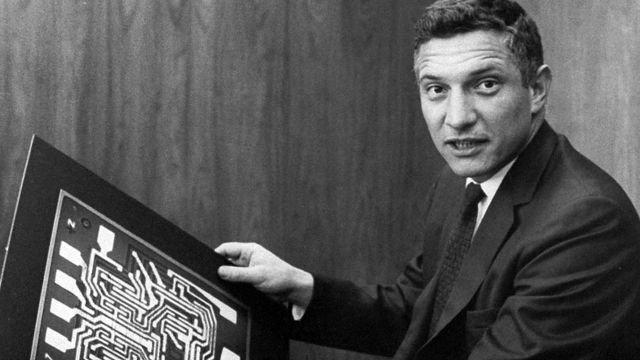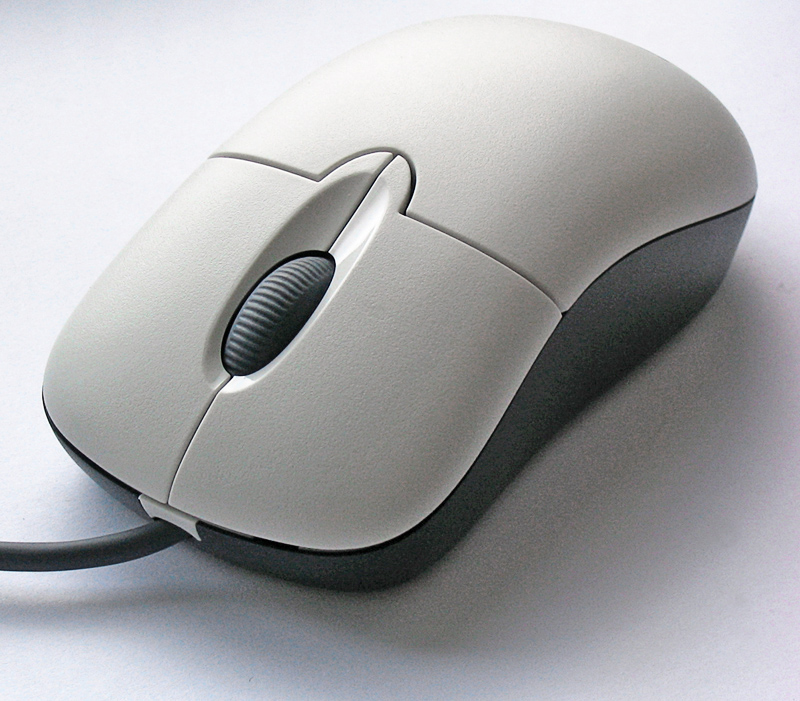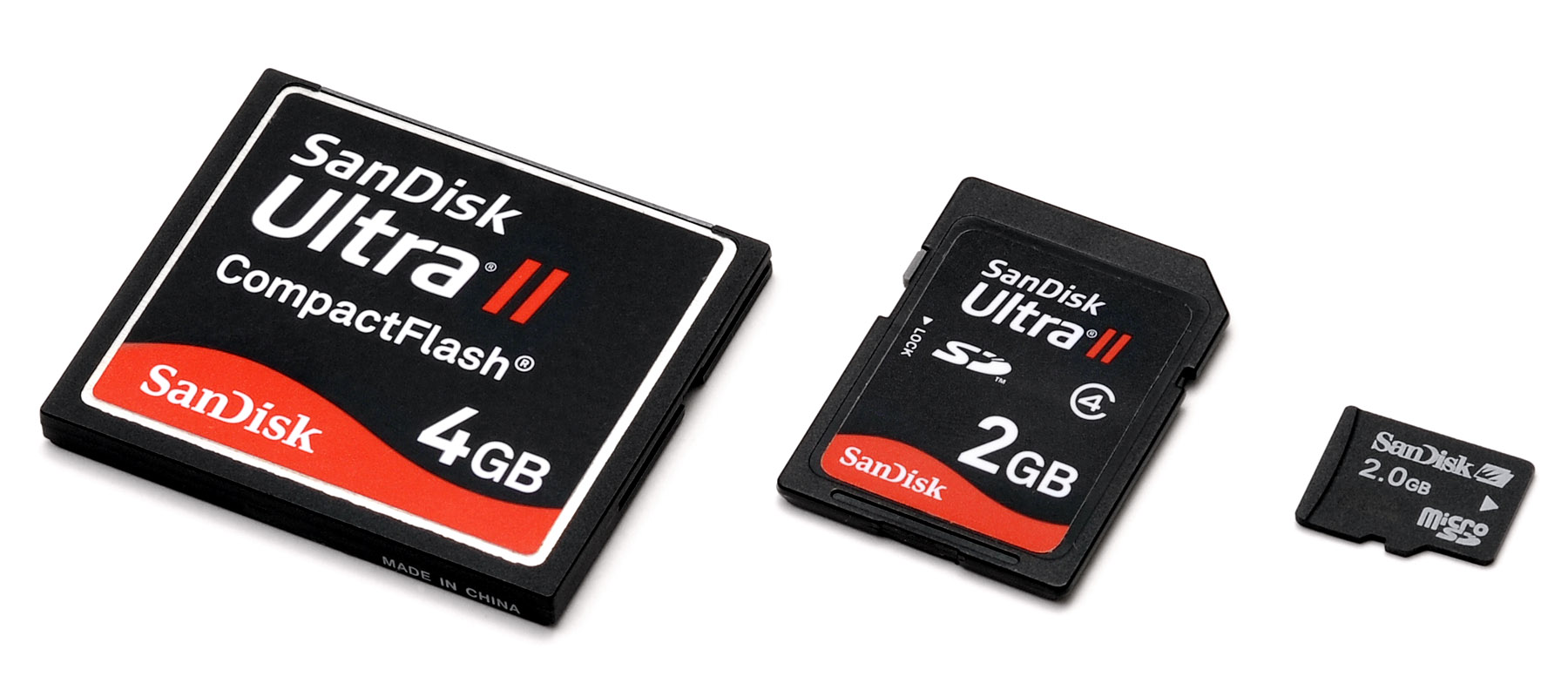|
Compound Device
A USB compound device contains an embedded USB hub and one or more non-removable USB devices. It may or may not have exposed downstream ports. The internal USB hub may be a physical IC that connects to other ICs, or the hub and all functions may be implemented in software on a single IC (though it is more common to integrate them as a '' composite device'' in this case). Compound devices have separate device addresses assigned to the hub and each downstream function, while composite devices have a single address. The hub's descriptors indicate whether it is part of a compound device or a regular hub with only removable devices. This arrangement is used by wireless receivers for cordless keyboards and mice (where the mouse and keyboard are separate devices connected to the compound device) and sometimes for printers which have memory card A memory card is an electronic data storage device used for storing digital information, typically using flash memory. These are common ... [...More Info...] [...Related Items...] OR: [Wikipedia] [Google] [Baidu] [Amazon] |
USB Hub
A USB hub is a device that expands a single Universal Serial Bus (USB) port into several so that there are more ports available to connect devices to a host system, similar to a power strip. All devices connected through a USB hub share the bandwidth available to that hub. Physically separate USB hubs come in a wide variety of form factors: from external boxes (looking similar to an Ethernet or network hub), to small designs that can be directly plugged into a USB port (see the "compact design" picture). "Short cable" hubs typically use an integral 6-inch (15 cm) cable to slightly distance a small hub away from physical port congestion and increase the number of available ports. Almost all modern laptop computers are equipped with USB ports, but an external USB hub can consolidate several everyday devices (like a mouse, keyboard or printer) into a single hub to enable one-step attachment and removal of all the devices. Some USB hubs may support power delivery (PD) to c ... [...More Info...] [...Related Items...] OR: [Wikipedia] [Google] [Baidu] [Amazon] |
Integrated Circuit
An integrated circuit (IC), also known as a microchip or simply chip, is a set of electronic circuits, consisting of various electronic components (such as transistors, resistors, and capacitors) and their interconnections. These components are etched onto a small, flat piece ("chip") of semiconductor material, usually silicon. Integrated circuits are used in a wide range of electronic devices, including computers, smartphones, and televisions, to perform various functions such as processing and storing information. They have greatly impacted the field of electronics by enabling device miniaturization and enhanced functionality. Integrated circuits are orders of magnitude smaller, faster, and less expensive than those constructed of discrete components, allowing a large transistor count. The IC's mass production capability, reliability, and building-block approach to integrated circuit design have ensured the rapid adoption of standardized ICs in place of designs using discre ... [...More Info...] [...Related Items...] OR: [Wikipedia] [Google] [Baidu] [Amazon] |
Composite Device
Composite or compositing may refer to: Materials * Composite material, a material that is made from several different substances ** Metal matrix composite, composed of metal and other parts ** Cermet, a composite of ceramic and metallic materials ** Dental composite, a substance used to fill cavities in teeth ** Composite armor, a type of tank armor * Alloy, a mixture of a metal and another element * Mixture, the combination of several different substances without chemical reaction Mathematics * Composite number, a positive integer that has at least one factor other than one or itself Science * Composite particle, a particle which is made up of smaller particles * ''Compositae'' or "composite family" of flowering plants * Composite volcano, a layered conical volcano * Compositing, another name for superposed epoch analysis, a statistical method used to analyze time series involving multiple events Technology * Compositing, combining of visual elements from separate sources int ... [...More Info...] [...Related Items...] OR: [Wikipedia] [Google] [Baidu] [Amazon] |
USB Descriptor
Universal Serial Bus (USB) is an industry standard, developed by USB Implementers Forum (USB-IF), for digital data transmission and power delivery between many types of electronics. It specifies the architecture, in particular the physical interfaces, and communication protocols to and from ''hosts'', such as personal computers, to and from peripheral ''devices'', e.g. displays, keyboards, and mass storage devices, and to and from intermediate ''hubs'', which multiply the number of a host's ports. Introduced in 1996, USB was originally designed to standardize the connection of peripherals to computers, replacing various interfaces such as serial ports, parallel ports, game ports, and Apple Desktop Bus (ADB) ports. Early versions of USB became commonplace on a wide range of devices, such as keyboards, mice, cameras, printers, scanners, flash drives, smartphones, game consoles, and power banks. USB has since evolved into a standard to replace virtually all common ports on comput ... [...More Info...] [...Related Items...] OR: [Wikipedia] [Google] [Baidu] [Amazon] |
Alphanumeric Keyboard
The technology of computer keyboards includes many elements. Many different keyboard technologies have been developed for consumer demands and optimized for industrial applications. The standard full-size (100%) computer alphanumeric keyboard typically uses 101 to 105 keys; keyboards integrated in laptop computers are typically less comprehensive. Virtual keyboards, which are mostly accessed via a touchscreen interface, have no physical switches and provide artificial audio and haptic technology, haptic feedback instead. This variety of keyboard can prove useful, as it is not limited by the rigid nature of physical computer keyboards. The majority of modern keyboards include a control processor and indicator lights to provide feedback to the user (and to the central processor) about what state the keyboard is in. Plug-and-play technology means that its "out of the box" keyboard layout, layout can be notified to the system, making the keyboard immediately ready to use without th ... [...More Info...] [...Related Items...] OR: [Wikipedia] [Google] [Baidu] [Amazon] |
Mouse (computing)
A computer mouse (plural mice; also mouses) is a hand-held pointing device that detects Plane (mathematics), two-dimensional motion relative to a surface. This motion is typically translated into the motion of the Cursor (user interface)#Pointer, pointer (called a cursor) on a computer monitor, display, which allows a smooth control of the graphical user interface of a computer. The first public demonstration of a mouse controlling a computer system was done by Doug Engelbart in 1968 as part of the Mother of All Demos. Mice originally used two separate wheels to directly track movement across a surface: one in the x-dimension and one in the Y. Later, the standard design shifted to use a ball rolling on a surface to detect motion, in turn connected to internal rollers. Most modern mice use optical mouse, optical movement detection with no moving parts. Though originally all mice were connected to a computer by a cable, many modern mice are cordless, relying on short-range rad ... [...More Info...] [...Related Items...] OR: [Wikipedia] [Google] [Baidu] [Amazon] |
Computer Printer
A printer is a peripheral machine which makes a durable representation of graphics or text, usually on paper. While most output is human-readable, bar code printers are an example of an expanded use for printers. Different types of printers include 3D printers, inkjet printers, laser printers, and thermal printers. History The first computer printer designed was a mechanically driven apparatus by Charles Babbage for his difference engine in the 19th century; however, his mechanical printer design was not built until 2000. He also had plans for a curve plotter, which would have been the first computer graphics printer if it was built. The first patented printing mechanism for applying a marking medium to a recording medium or more particularly an electrostatic inking apparatus and a method for electrostatically depositing ink on controlled areas of a receiving medium, was in 1962 by C. R. Winston, Teletype Corporation, using continuous inkjet printing. The ink was a red sta ... [...More Info...] [...Related Items...] OR: [Wikipedia] [Google] [Baidu] [Amazon] |
Memory Card
A memory card is an electronic data storage device used for storing digital information, typically using flash memory. These are commonly used in digital portable electronic devices, such as digital cameras as well as in many early games consoles such as the Neo Geo. They allow adding memory to such devices using a card in a socket instead of protruding USB flash drives. Common types of flash memory card include SD cards (including microSD), Sony's Memory Stick and CompactFlash. , SD cards are the most common type of memory cards. History The basis for memory card technology is flash memory. It was invented by Fujio Masuoka at Toshiba in 1980 and commercialized by Toshiba in 1987. The development of memory cards was driven in the 1980s by the need for an alternative to floppy disk drives that had lower power consumption, had less weight and occupied less volume in laptops. Some were also marketed as a lower cost alternative to ROM cartridges. Several competing and inc ... [...More Info...] [...Related Items...] OR: [Wikipedia] [Google] [Baidu] [Amazon] |




